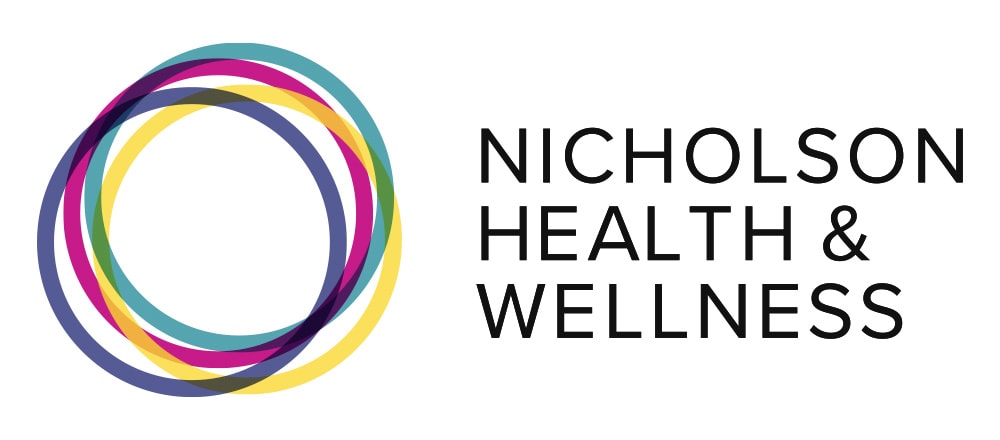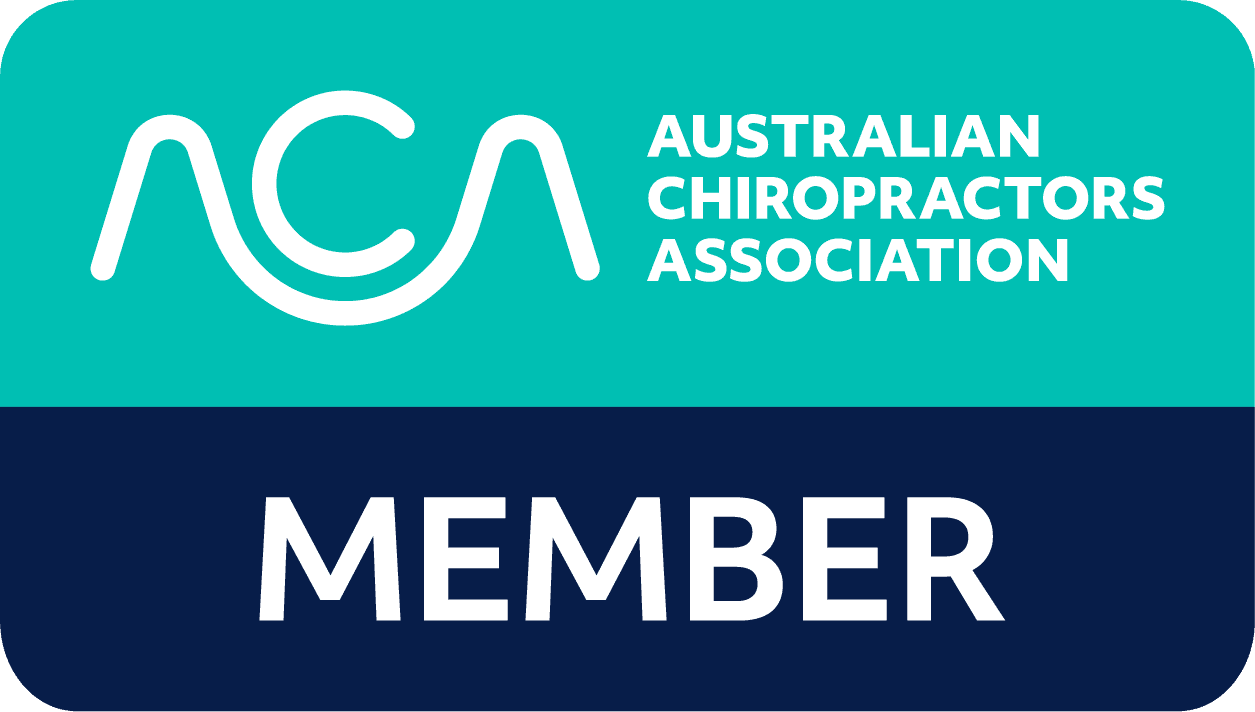Iron deficiency is the most common nutrient deficiency in the world. More than 2 billion people suffer from iron-deficiency anaemia worldwide. It is an important part of many enzymatic reactions involved in energy production and metabolism. It is a co-factor in the production of some hormones and neurotransmitters such as thyroid hormones, serotonin, melatonin, dopamine, and noradrenalin. Iron is important for a number of immune responses including lymphocyte production and iron deficiency causes reduced immunity.
Signs & Symptoms of Iron Deficiency
- Fatigue and shortness of breath on exertion are the most common symptoms
- Decreased resistance to infection and more sensitive to cold temperatures
- Rapid pulse rate
- Loss of appetite & lack of production of stomach acid
- Menorrhagia (heavy menstruation)
- Mouth ulcers and cracks in the corner of mouth
- Difficulty swallowing and a sensation of a lump in the throat
- Some patients have a sore mouth and tongue that is aggravated by hot drinks or spicy food
- Iron deficient children may have reduced attention and poor learning performance.
- Restless Legs Syndrome (an irresistible urge to move their legs)
Dietary Sources
Good sources of iron include:
- Red meat, oysters and clams
- Legumes: lima & navy beans
- Dark green leafy vegetables
- Dried fruit
There are two forms of dietary iron:
- Haem – Animal foods
- Non-haem – Plant foods
Haem (Heme) Dietary Iron
Heme iron is derived mainly from haemoglobin and myoglobin in animal meat and organs. Beef, chicken and fish contain both heme and non-heme iron. Heme iron is well absorbed, 2 – 3x more absorbable than non-haem iron.
Non-heme Dietary Iron
Found primarily in plant foods such as nuts, seeds, legumes, fresh & dried fruits, green leafy vegetables, whole-grains and tofu, dairy foods – including milk, cheese and eggs (Dairy foods however, have very little iron and are a poor source). Non heme iron is usually bound to components of foods and absorption is reduced.
Seek advice from a naturopath if you are vegetarian and your iron levels are low.
Iron Absorption
Gastro-intestinal absorption is the body’s way of regulating iron levels. Intestinal cells are able to block the absorption of excess iron. Once absorbed by the intestinal cells iron is either useen by the intestinal cells, released into the blood and carried to other tissues by the transport protein transferrin, or stored as ferritin. Of about 15 mg/day of dietary iron, adults absorb only 1 mg, which is the approximate amount lost daily by the skin and intestines. In iron depletion, absorption increases. However, absorption rarely increases very much unless supplemental iron is added. Children have a greater need for iron and can absorb more to meet this need.
Factors that decrease iron absorption
- Calcium & Phosphorus (Dairy)
- Tannins (Tea)
- Coffee
Factors that improve iron absorption
- Meat
- Adequate stomach acid (HCl)
- Citric acid, ascorbic acid (vitamin C)
Risk of Deficiency Due To Increased Needs
Because iron is poorly absorbed, most people barely meet the daily requirement. Even modest losses, increased requirements, or decreased intake readily produces iron deficiency.
- Growth & pregnancy
- Heavy menstrual blood loss – Menorrhagia
- Reduced absorption
- Parasitic infestation
- GIT conditions associated with malabsorption
- Gastrointestinal blood loss
- Chronic use of NSAIDs & Aspirin
- Frequent blood donation. 500ml blood contains 200 – 250mg iron
- Vitamin C deficiency can contribute to iron deficiency anaemia by producing capillary fragility and bleeding
Testing For Iron Deficiency
Blood test. The optimal diagnostic approach is to also measure ferritin levels as an indicator of iron stores and the transferrin receptor as an index of tissue iron deficiency. Low transferrin = poor iron transport.
Supplemental Iron
Taking iron supplements is never recommended without a blood test to detect iron status. Excess iron can be dangerous and may lead to cirrhosis of the liver, diabetes, heart muscle damage or arthritis. Haemochromatosis is an excess iron storage disorder, and it is one of the most common inherited disorders, seen in 1:300 people.
Iron supplements may also interfere with other medications and should only be recommended under supervision.
A naturopath can recommend a supplemental dose. In cases of deficiency, initial effects may take about 2 weeks to improve. Long term treatment of 6 – 12 months may be required to rebuild iron reserves.
Types of Iron Supplements
Some forms are better tolerated than others. There may be some adverse reactions to supplementation.
These include GIT disturbances, nausea, diarrhoea, constipation, heartburn (indigestion), upper gastric discomfort.
Taking supplements with food appears to reduce the possibility of gastrointestinal side-effects. Take iron supplements away from other medications and mineral supplements. Speak to your naturopath for advice.



